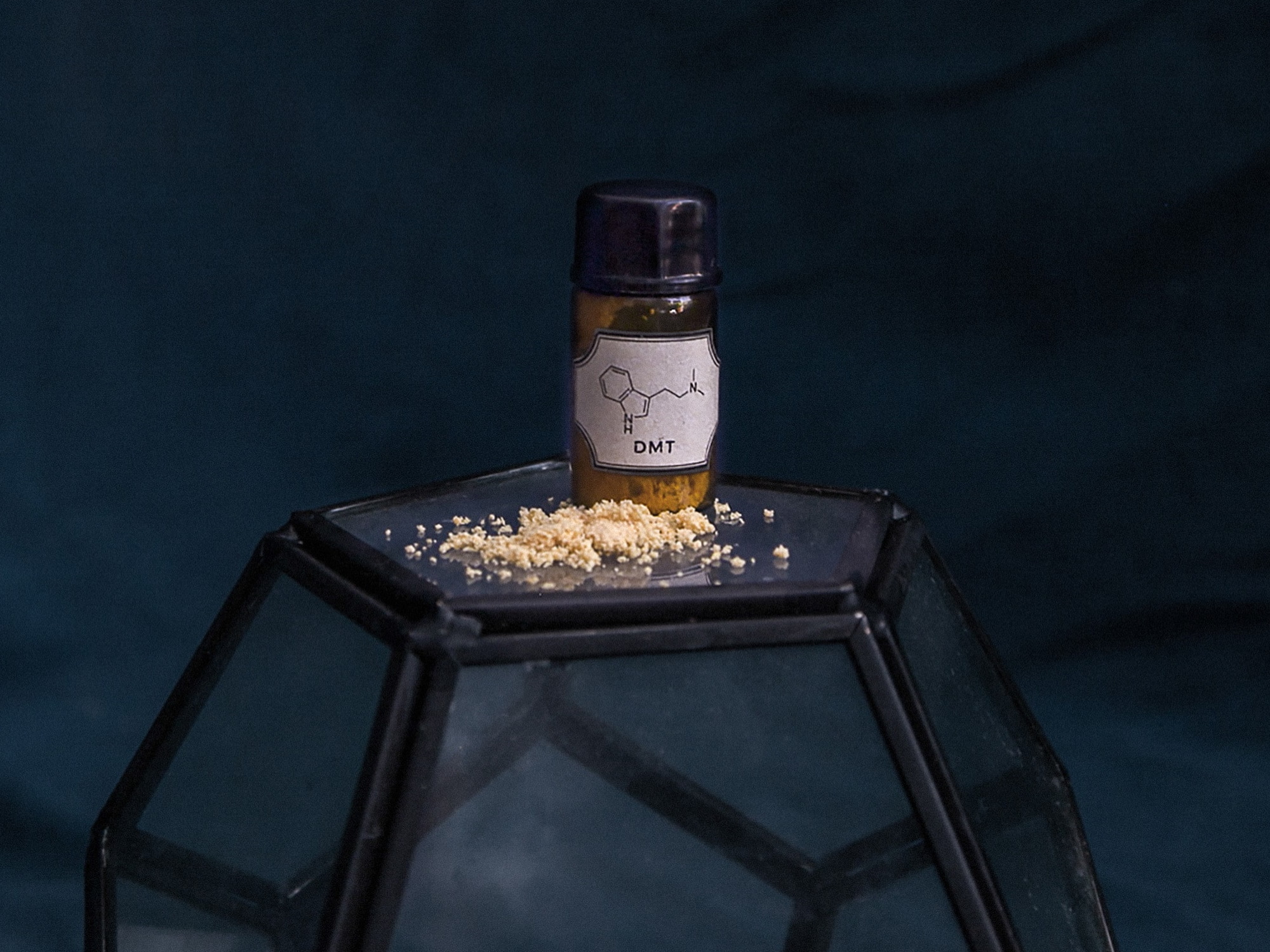Zinc Nitrate Hexahydrate

What is Lorem Ipsum?
Lorem Ipsum is simply dummy text of the printing and typesetting industry. Lorem Ipsum has been the industry's standard dummy text ever since the 1500s, when an unknown printer took a galley of type and scrambled it to make a type specimen book. It has survived not only five centuries, but also the leap into electronic typesetting, remaining essentially unchanged. It was popularised in the 1960s with the release of Letraset sheets containing Lorem Ipsum passages, and more recently with desktop publishing software like Aldus PageMaker including versions of Lorem Ipsum.
Zinc Nitrate Hexahydrate
✅ ZINC NITRATE HEXAHYDRATE (CAS 10196-18-6) – PRODUCT DESCRIPTION
Zinc Nitrate Hexahydrate is a colorless crystalline compound widely used in electroplating, fertilizers, chemical synthesis, textile mordants, and catalysts. With excellent solubility in water and alcohol, it is valued for its reactivity in both laboratory and industrial processes. We provide Zinc Nitrate Hexahydrate in multiple grades with global supply to USA, Malaysia, Vietnam, and Chile.
📦 Industries Used In:
-
Electroplating & Surface Treatment
-
Fertilizers & Agriculture
-
Chemical Manufacturing
-
Textile Industry (as mordant)
-
Catalysts & Research Laboratories
🧪 Available Grades:
-
Industrial Grade
-
High-Purity Grade
-
Reagent Grade
-
Laboratory/Analytical Grade
⚙️ Functions:
-
Acts as an oxidizing agent in chemical reactions
-
Used as a zinc source in fertilizer formulations
-
Serves as a mordant in textile dyeing
-
Used in galvanizing and electroplating applications
-
Functions as a catalyst or reagent in synthesis and research
🧩 Classified Under:
-
Zinc Compounds
-
Nitrates
-
Inorganic Salts
-
Hydrated Metal Salts
-
Oxidizing Agents
CAS Number
10196-18-6
Formula
Zn(NO₃)₂·6H₂O
Molecular Weight
297.49 g/mol
Density
2.065 g/cm³
Gravity
~2.07
Melting Point
36–41 °C (decomposes)